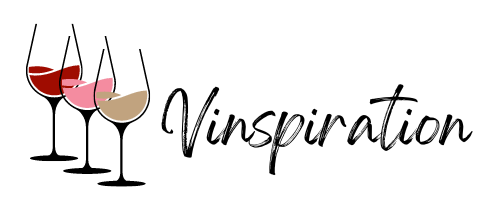The Surprising Wines of Switzerland

"Not just chocolate and banking... Swiss wines are a hidden gem of Europe."
Swiss wines hold a captivating allure, yet their splendor often remains undiscovered amidst Europe’s renowned viticultural landscapes. Delve into the world of “Swiss wines” with us as we uncover the hidden gems of this alpine paradise. From the sun-drenched vineyards of Valais to the shores of Lake Geneva, Switzerland offers a rich tapestry of terroirs and grape varieties waiting to be explored. Join us on a journey to unlock the secrets of Swiss wines and unearth the treasures nestled within this enchanting corner of the wine world.
"What's your favourite wine?" and other problematic questions
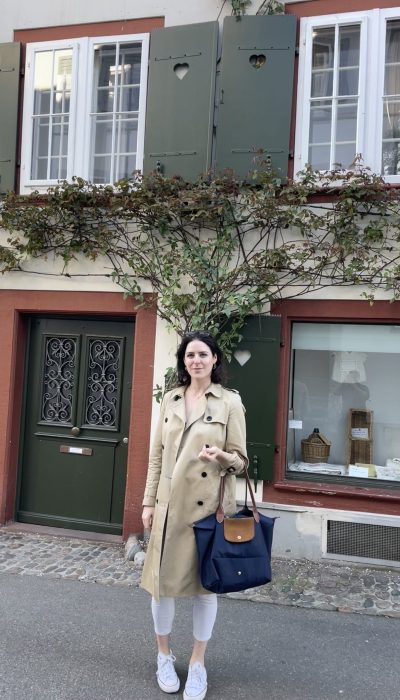
When I tell friends, family or new acquaintances that I’m a sommelier, the first question people always ask is, “what is your favourite wine?”. I hate this question; it’s equally reductive and exclusionary. The former because it’s very hard to boil down a favourite wine to a single producer and vintage. Drinking wine is far more about the holistic experience – who was I drinking the wine with? What food did we pair? Was the evening memorable? This tapestry of experience can mean a misremembered Assyrtiko enjoyed in a little Taverna on an Aegean island which perfectly bought together the salinity of the Mediterranean and the oven-baked Psari-Plaki on a blue checked tablecloth – far exceeds the experience trying a 2016 Pauillac at a trade show. It’s always the way.
These experiences are also exclusive because it is very unlikely that a preferred bottle is always available to the person asking. They may also have different tastes.
Instead, when I am asked what my favourite wine is, I prefer to say that I am enjoying certain aspects or areas at this set point in time. Things I find of value, interesting or intriguing in a world that has so much delightful wine on offer. At the beginning of the year, I was particularly taken with the wines of Fitou in the Languedoc (a region quite literally split in two and embodying a vastly different flavour profile depending which side on the region produces the wine), and the grape – Cabernet Franc – an underrated grape homed in the Loire Valley, but has also fantastic expressions in Tuscany and Chile.
It is also more often than not the case that my own very fortunate privilege which allows me to travel far and wide finds me in regions of the world where there is both great value and little export of regional wines. And thus, I ended up in the surprisingly wine-rich region of Switzerland. And now, when asked the same curious question, I will happily be waxing lyrical about Swiss wines and the country itself as an area of specific interest.
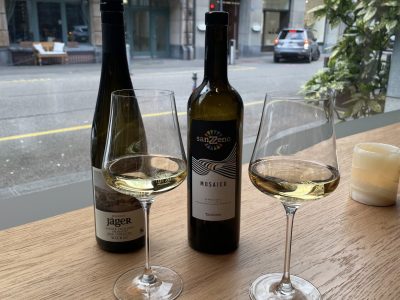
An overview of Swiss Wines
Switzerland is surrounded by a veritable powerhouse of wine neighbours, all of which cast long alpine shadows over swiss wines. To the country’s north you have the famous Riesling-dominant regions of the Mosel and Pfalz, the Germanic older brother. To the north-west sits the region of Alsace, a personal favourite of mine, whose four noble grapes command respect and an equally high price tag. To the south you have Italy and all the delights that both the region offers to tourists as well as wine lovers – with Barolo and Barbaresco stealing the show for tannic, age-worthy reds crafted from delicate Nebbiolo. So where does that leave Switzerland?
Switzerland has six main producing wine regions spread across all areas of the country, with the largest production taking place in the south and west of the country – namely in the Valais region.
Swiss wine production is near equally split between red and white (57% vs 43%); with its two main grapes being Pinot Noir and Chasselas. Known as Blauburgunder and Gutedal locally. Which is surprising, considering the significant altitude and lavish rivers make this the ideal climate for growing nuanced whites (similar to its Germanic neighbours).
While Switzerland’s dedicated wine growth is very limited (only 15,000 hectares total), it’s even harder to find the wine outside of its national home. Only 2% of Swiss wine is exported, so be sure to find and explore these wines next time you visit this beautiful country.
The best of Swiss Wines
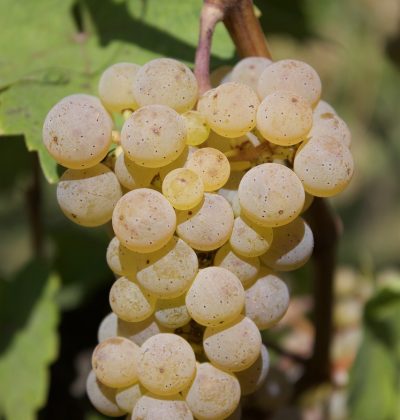
Riesling – Sylvaner
Swiss wines – outside of its national joy for Chasselas – also offers a magnificent blend of Riesling and Sylvaner. Accessible in several wine bars and shops throughout the region, this stood out to me as a must-try wine.
As we try and cultivate Sylvaner across the UK, this wily grape’s natural home is in Germany and the Valais region of Switzerland. Sylvaner’s natural ability to ripen well into autumn means that it is picked after Chasselas and its neutral characteristics make it a great blending partner for the overpowering, acidic Riesling.
While admittedly, these wines are unlikely to stand up to the well known Rieslings of the area – they do offer a unique texture and fuller body than other wines of the region. Bursting with flavour notes of green apple, pear, lemongrass and orange blossom – these wines are explosive on the nose. However, they don’t quite deliver on the finish. If you find one that has stood out to you though – I look forward to being proven wrong.
Sauvignon Blanc
The crowning jewel and the unexpected find for Swiss Wines is absolutely its expression of Sauvignon Blanc. Sauvignon Blanc, as one of the world’s most popular white wine grapes, has made a home in almost every major wine growing region in the world. Moreover, its ability to express terroir, winemaking practice and history means its a grape with lots of nuance. But if you want a wine that has all of that and offers great value, quality and intrigue – look no further than a Swiss Sauvignon Blanc.
Benefiting from a patchwork of soil types, Switzerland (similar to the Alsace in this respect) has limestone, granite, schist and loess – to name but a few. Depending on the terroir, Sauvignon Blanc thrives in reflecting these soil types in the taste of the wine – with a particular minerality – especially reminiscent of the chalky-rich wines of the Loire. This, coupled with the altitude of Switzerland’s alpine vineyards, add a distinctive acidity, with notes of stone fruit (apricot, nectarine) and honeysuckle.
With the potential for incredible age-worthiness – I tried a 2015 vintage from producer, Schlipfer, which when consumed this year (2024) maintained its freshness and had all the trappings of secondary characteristics – just developing hits of hay.
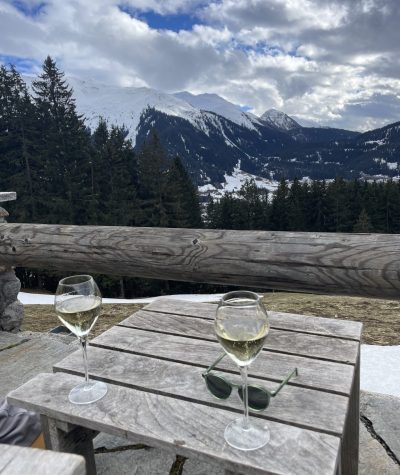
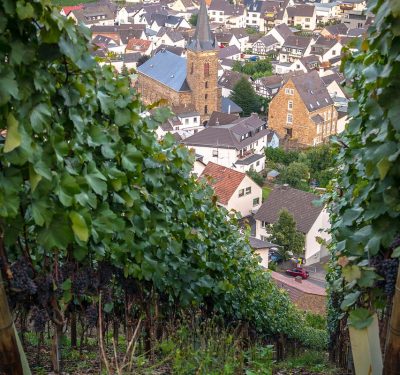
Blaufrankish
While Swiss Wines are dominated (only slightly) by red wines, and by Pinot Noir in particular. It felt remiss not to mention staple red grape in the region – Blaufrankish. As a notoriously late ripening variety, this red grape should be planted in regions where there is low to moderate rainfall in late autumn and where it can luxuriate on the vine soaking up the last rays of sun into harvest.
Blaufrankish is native to Austria – one of Switzerland’s neighbours – and develops many of the same flavour profiles. This includes a mix of wild berries (red cherry, cranberry and black current) with a renowned spice characteristic (especially cinnamon and cracked black pepper).
Blaufrankish from Switzerland should be paired with one of its many local hard cheeses (such as Gruyère AOP).
FAQs
Are there any Swiss wines?
Yes, Switzerland produces a wide range of high-quality wines. With diverse terroirs and grape varieties, Swiss winemakers craft wines that appeal to enthusiasts worldwide. From crisp whites like Chasselas to elegant reds like Pinot Noir, Swiss wines offer a delightful exploration of unique flavours and styles.
What is the most popular wine in Switzerland?
Swiss winemakers cultivate a diverse range of grape varieties, each contributing to the country’s rich viticultural tapestry. Notable among these are Chasselas, a crisp and versatile white grape prevalent in regions like Lavaux. Pinot Noir thrives in the cool climate of cantons like Vaud, producing elegant red wines. Valais is known for its robust red blends, often featuring Gamay, Pinot Noir, and Syrah. In Ticino, Merlot reigns supreme, crafting velvety and full-bodied reds. These grape varieties showcase the breadth of Switzerland’s winemaking heritage and its commitment to quality.
Which grape varieties are prominent in Swiss Wines?
Swiss winemakers cultivate a diverse range of grape varieties, each contributing to the country’s rich viticultural tapestry. Notable among these are Chasselas, a crisp and versatile white grape prevalent in regions like Lavaux. Pinot Noir thrives in the cool climate of cantons like Vaud, producing elegant red wines. Valais is known for its robust red blends, often featuring Gamay, Pinot Noir, and Syrah. In Ticino, Merlot reigns supreme, crafting velvety and full-bodied reds. These grape varieties showcase the breadth of Switzerland’s winemaking heritage and its commitment to quality.
